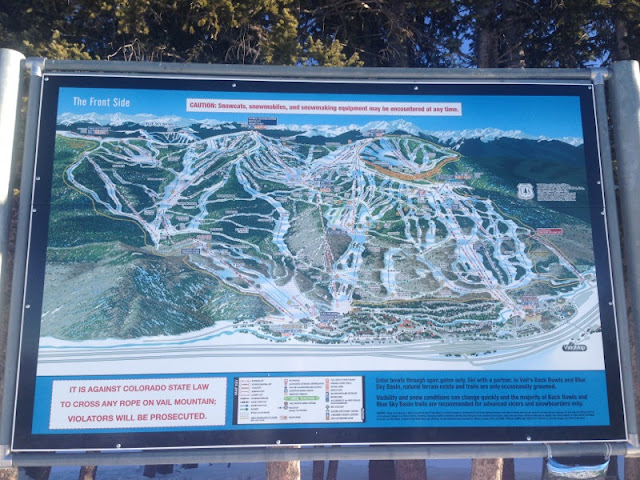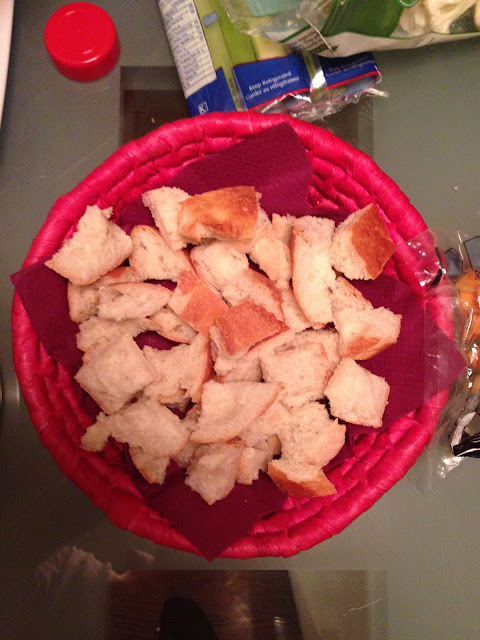A couple of months ago, we signed up Mila for a very interesting study led by the National Geographic Society: The Genographic Project
We received the results of the analysis in about 8 weeks and it is, indeed, very interesting. Here is what we have learned about little Mila...
 |
| Mila is one of the 559'515 people who have participated in the project |
------
Most texts have been extracted from the original website.
------
"The Genographic Project is an ambitious attempt to answer fundamental questions about where we originated and how we came to populate the Earth. Through your participation, you can play an active role in this historic endeavor"
Mila maternal lineage:
Mila's maternal lineage began after leaving Africa, her maternal ancestors traveled along the coastline of Asia. While many of her cousins settled there, her ancestors continued on. Paddling along the coast after the last ice age ended, they crossed over to modern Alaska and settled in the Americas. Mila's cousins are part of the pre-Columbian population in both North and South America, but they are most common in North America.
Mila's maternal branch is C7A.
Information about Mila's paternal lineage is determined from a series of markers on the Y-chromosome, something that only men genetically carry. Therefore, this particular part of the story is not available to Mila.
Maternal Branch:
The string of characters -C7A- is Mila full haplogroup*. It is comprised of the letters and numbers representing various markers that identify small infrequent changes in DNA and help create an individual’s own unique pattern. This full string helps further refine our understanding of your migratory path.
Branches on the trees of early human migrations and genetic evolution, haplogroups often have a geographic relation. Haplogroups are defined by genetic mutations or “markers” found in Y-chromosome and mtDNA testing. These markers link the members of a haplogroup back to the marker’s first appearance in the group’s common ancestor.
Who is Mila?
The fraction of Mila's DNA that she shares with people in nine world regions and with our ancient human cousins like Neanderthals has been fully analysed.
 |
| Mila's DNA is shared by the following world regions |
Northeast asian: 33%
This component of Mila's ancestry is found at highest frequencies in the populations of northeast Asia—people from Japan, China and Mongolia in our reference populations. It is also found at lower frequencies in southeast Asia and India, where it likely arrived in the past 10,000 years with the expansion of rice farmers coming from further north. Interestingly, it is also found at a frequency of 5-10% in the Finns, likely introduced by the migrations of the Saami people from Siberia into Finland over the past 5,000 years.
Northern european: 20%
 This component of Mila's ancestry is found at highest frequency in northern European populations—people from the UK, Denmark, Finland, Russia and Germany in our reference populations. While not limited to these groups, it is found at lower frequencies throughout the rest of Europe. This component is likely the signal of the earliest hunter-gatherer inhabitants of Europe, who were the last to make the transition to agriculture as it moved in from the Middle East during the Neolithic period around 8,000 years ago.
This component of Mila's ancestry is found at highest frequency in northern European populations—people from the UK, Denmark, Finland, Russia and Germany in our reference populations. While not limited to these groups, it is found at lower frequencies throughout the rest of Europe. This component is likely the signal of the earliest hunter-gatherer inhabitants of Europe, who were the last to make the transition to agriculture as it moved in from the Middle East during the Neolithic period around 8,000 years ago.
Mediterranean: 19%
This component of Mila's ancestry is found at highest frequencies in southern Europe and the Levant—people from Sardinia, Italy, Greece, Lebanon, Egypt and Tunisia in our reference populations. While not limited to these groups, it is found at lower frequencies throughout the rest of Europe, the Middle East, Central and South Asia. This component is likely the signal of the Neolithic population expansion from the Middle East, beginning around 8,000 years ago, likely from the western part of the Fertile Crescent.
Southeast asian: 18%
 This component of Mila's ancestry is found at highest frequencies in the populations of southeast Asia and India, particularly in the northeast Indian and Vietnamese populations in our reference set. It is also found at lower frequency in populations from Oceania, where it persists as a signal of the Austronesian migrations into the region beginning ~5,000 years ago—a migration that would eventually colonize Polynesia. Interestingly, it is also found in the population of Madagascar, brought there by the seafaring Austronesians around 2,000 years ago.
This component of Mila's ancestry is found at highest frequencies in the populations of southeast Asia and India, particularly in the northeast Indian and Vietnamese populations in our reference set. It is also found at lower frequency in populations from Oceania, where it persists as a signal of the Austronesian migrations into the region beginning ~5,000 years ago—a migration that would eventually colonize Polynesia. Interestingly, it is also found in the population of Madagascar, brought there by the seafaring Austronesians around 2,000 years ago.
Southwest asian: 9%
 This component of Mila's ancestry is found at highest frequencies in India and neighboring populations, including Tajikistan and Iran in our reference dataset. It is also found at lower frequencies in Europe and North Africa. As with the Mediterranean component, it was likely spread during the Neolithic expansion, perhaps from the eastern part of the Fertile Crescent. Individuals with heavy European influence in their ancestry will show traces of this because all Europeans have mixed with people from Southwest Asia over tens of thousands of years.
This component of Mila's ancestry is found at highest frequencies in India and neighboring populations, including Tajikistan and Iran in our reference dataset. It is also found at lower frequencies in Europe and North Africa. As with the Mediterranean component, it was likely spread during the Neolithic expansion, perhaps from the eastern part of the Fertile Crescent. Individuals with heavy European influence in their ancestry will show traces of this because all Europeans have mixed with people from Southwest Asia over tens of thousands of years.
Mila's first reference population: Chinese
This reference population is based on samples collected from the population of Beijing, China. The 72% Northeast Asian and 28% Southeast Asian percentages are representative of migrations in East Asia, with the Northeast Asian component likely coming from the earliest settlers in eastern Siberia and northern China, and the Southeast Asian component reflecting mixing with groups that originated further south.
Mila's second reference population: German
This reference population is based on samples collected from people native to Germany. The dominant 46% Northern European component likely reflects the earliest settlers in Europe, hunter-gatherers who arrived there more than 35,000 years ago. The 36% Mediterranean and 17% Southwest Asian percentages probably arrived later, with the spread of agriculture from the Fertile Crescent in the Middle East over the past 10,000 years. As these early farmers moved into Europe, they spread their genetic patterns as well. Today, northern and central European populations retain links to both the earliest Europeans and these later migrants from the Middle East.
Mila's hominid ancestry:
 When our ancestors first migrated out of Africa around 60,000 years ago, they were not alone. At that time, at least two other species of hominid cousins walked the Eurasian landmass: Neanderthals and Denisovans. Most non-Africans are about 2% Neanderthal. Indigenous sub-Saharan Africans have no Neanderthal DNA because their ancestors did not migrate through Eurasia.
When our ancestors first migrated out of Africa around 60,000 years ago, they were not alone. At that time, at least two other species of hominid cousins walked the Eurasian landmass: Neanderthals and Denisovans. Most non-Africans are about 2% Neanderthal. Indigenous sub-Saharan Africans have no Neanderthal DNA because their ancestors did not migrate through Eurasia.
Here is the overall summary of Mila's human journey:



















































